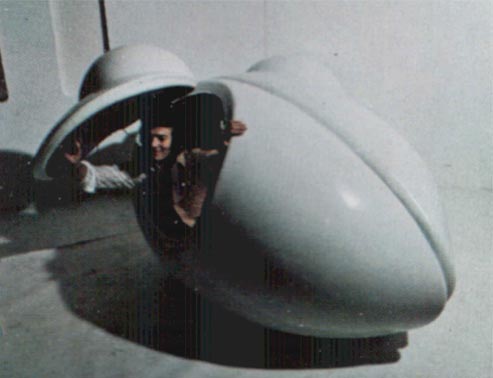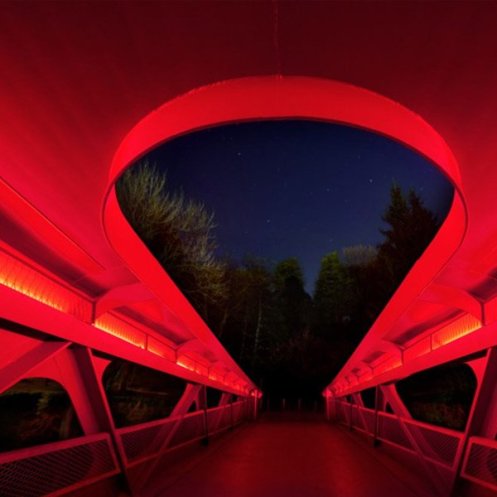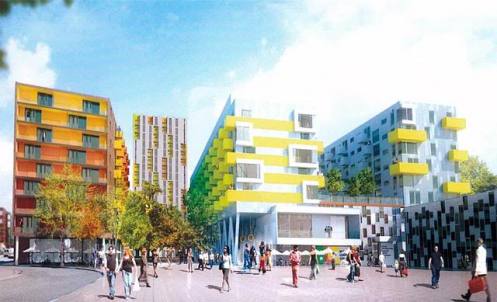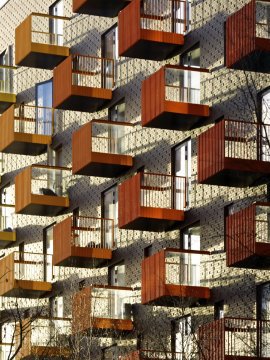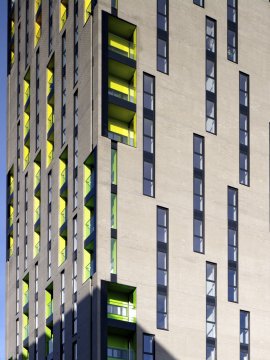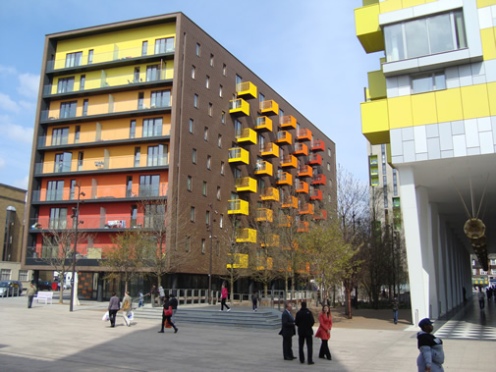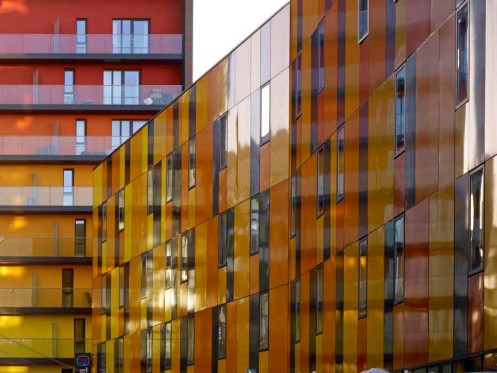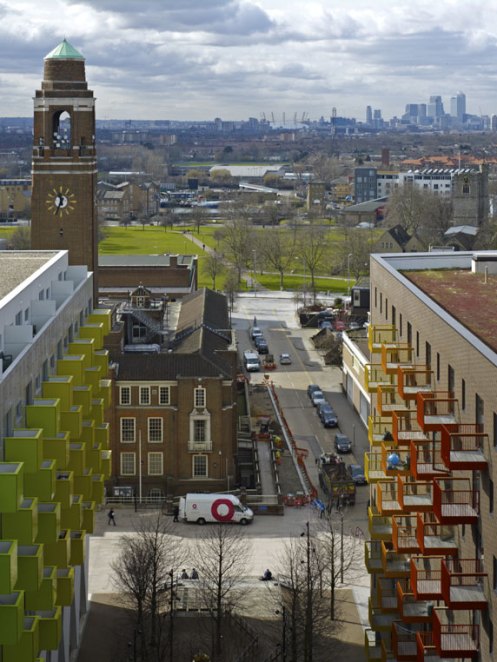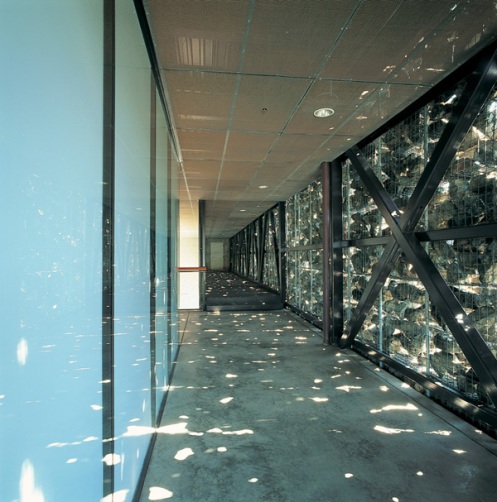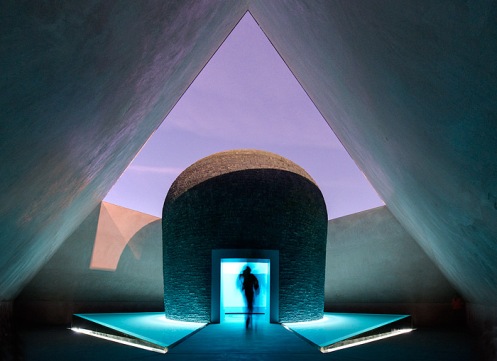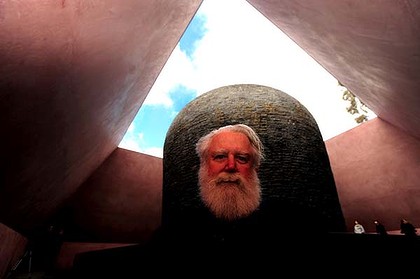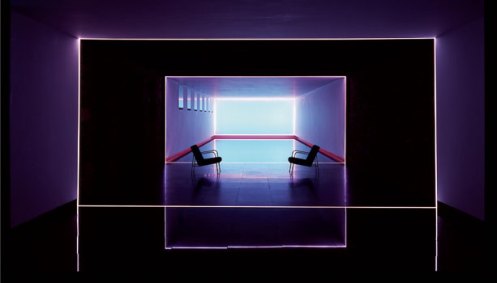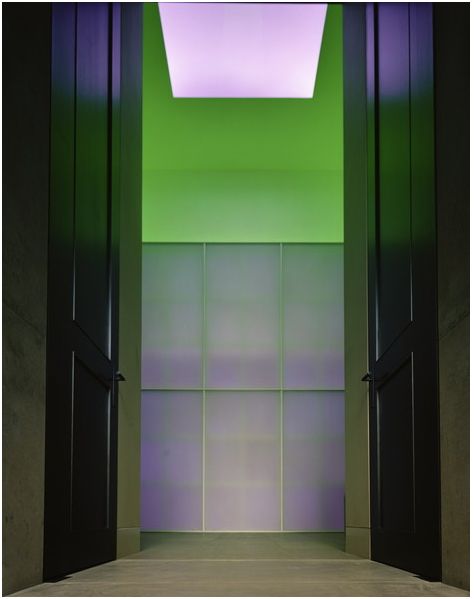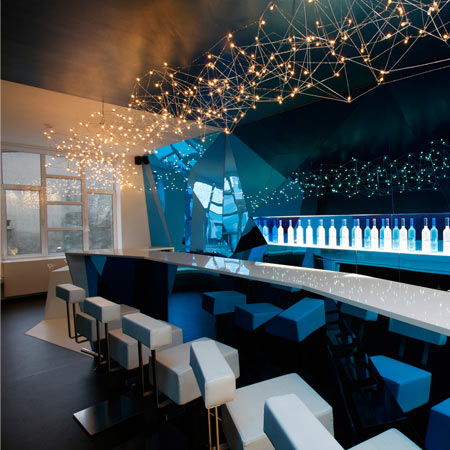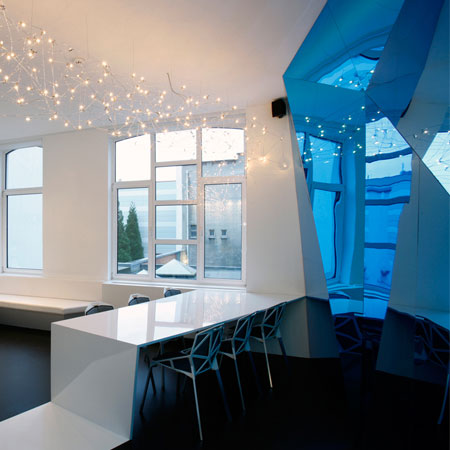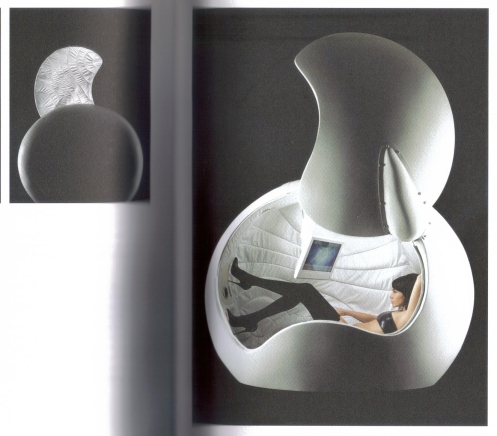 Image courtesy of Lee McCormack’s Designers are Wankers, About Face Publishing, 2007.
Image courtesy of Lee McCormack’s Designers are Wankers, About Face Publishing, 2007.
Trends take place in the design industry. Some see it coming from a mile away, and others see it long after it has arrived. A couple of years after Apple came out with their chic, white, handheld iPod, it finally dawned on me that “pod” as we know it, has yet to be explored in its potential. After all, pod is not just a name for an apple product, but it is a concept in which users interact with an object or place. I was in Kindergarten the first time I heard the word pod. I had just started in a 4-year program in which all of my schooling would take place in a large building, comprising of 4 classrooms (K-3), and a community theatre space where I no doubt made a fool of myself in many a school play. The idea behind the pod is that it provided a tight education with your peers and instructors in the early formative years. A pod was a place to grow. The same idea nature has at harvesting peas within their green felt-like envelope until they’re ready to be eaten, or in this situation, ripened for the future.
Later came the iPod device. The name says it all; a portable pod that allows you to travel anywhere and be in your own little world. As we grow further into the world of technology and become so used to shutting off the outside, I wonder if our need for a sheltered pod will grow more and more attractive. I remember years ago, stepping into a warehouse. Typical moves were made to make the party there palatable: visual enhancement, audio sound, and a pod-like structure that had all those amenities (and more) built in. As I entered, I found that the majority of people were hanging out in this space, which was almost the size of a geodesic dome, cut in half, floating on 4-foot stilts. A projector screen covered the entire dome with images, which made a person feel like this was an enclosed experience with the outside world missing out. Remember what it felt like to build a fort as a child?
Years later, I picked up Lee McCormack’s Designers are Wankers – a practical, yet witty interpretation of how designers might embrace the business side of industry work. He exemplifies the process of what it is to bring a product from concept to production, like, for instance, the ‘Pod’ that he developed during his term at Goldsmith College in London. The capsule was to perform as a stationary place to completely enthrall the user in experiencing the ‘I’-pod. I found that the model he explains in his book (shown above) looks and sounds very similar to another Pod conceptualized in 1970’s London. Below is an article written by George Bryant of the Daily Telegraph Magazine, via website http://www.futurehi.net/docs/Retreat_Pods.html
Roger Dean’s Retreat Pods
 Retreat pod is a piece of equipment, according to its designer, Martin Dean, in which one can contrive to cut oneself off from the world. There is adequate air-conditioning. To counter possible claustrophobia the door stays shut by its own weight, so no catches are needed. The interior of the Pod is lit by hundreds of tiny orange neon bulbs from Philips, which look like glow-worms.
Retreat pod is a piece of equipment, according to its designer, Martin Dean, in which one can contrive to cut oneself off from the world. There is adequate air-conditioning. To counter possible claustrophobia the door stays shut by its own weight, so no catches are needed. The interior of the Pod is lit by hundreds of tiny orange neon bulbs from Philips, which look like glow-worms.
Retreat Pods, Teddy Bear Chairs, Dinosaurs, See-saw Sofas, Ball Chairs and an Experience Generating Mind Field, sound like props from a science fiction fun fair. They are not. They come under the heading of “home furnishing”, although you could hardly call Martin Dean’s Retreat Pod a piece of furniture, it may revolutionise your concept of home life, or your home itself, because, from today, it is on the market. It is based on a philosophy intended to free people’s minds; the Central Area, or Mind Field is a particularly powerful example of this. Apart from the entertainments, films and occasional pop group performances planned for this central area, visitors will be invited to sense the ‘experiences’ and help to generate others to take part in the activities.
George Bryant of A.B. Films says: “Within a circular screen in the central area we are trying to provide the public with an opportunity to play around with things which influence the immediate environment. Some are technological, some not. For instance, if someone walks into the exhibition and says something near a microphone, the visuals which happen to be projected on the screen at the time, will change colour. There will also be a light organ, or Space Integrator as it’s called, which people will be able to play rather like a piano. So if they don’t like what’s on the screen, a simulated thunderstorm say, they can blank it out by playing its keys.”
There is also a computer memory drum which can be programmed on the spot to change the sequence of the automated film and slide show. Even people who are hopeless with the simplest of machines will be able to take part in the audio-visual show. You will, for instance, be able to take a picture of friends with a Polaroid camera and then project it, enlarged by a marvellous machine called a Rank Aldis Epivisor, on to the screen. Rank Audio Visual have provided several more recent and riveting devices like “EVR” which will enable you to make your own TV programme, say, of someone else being hugged by a Bear Chair.
The bustle and noise within the central area are intended to provide the kind of relaxed environment where people can try out something new, like a see-saw sofa, without feeling self-conscious.
To the average British furniture manufacturer, Martin and Roger Dean are two long-haired designers whose ideas are strictly non-commercial. Established designers do not approve of the Deans’ approach either. Roger Dean, who designed the Teddy Bear Chair, says it is because “they are more concerned with function, economics, marketing and teaching people good design,” whereas he and Martin are not. “You can’t teach people to like Mies Van der Rohe, Corbusier or any of those sort of junkie people,” he says. “You take a really smooth piece of Bauhaus design work, the sort that architects rave about; to your average man in the street it’s sterile and boring.
“Nobody buys furniture solely for practical reasons,” says Roger Dean. “For instance, people who buy what their Mum had, do it because it makes them feel secure.” The Teddy Bear Chair which he designed has immediate appeal, because it offers a kind of security.
“There is a guy called T. E. Hall who wrote a book on psychological space bubbles which people build up round themselves, and when they break they become neurotic. The Pod recreates this kind of bubble only in solid physical form,” says Martin Dean.
“The Pod simulates conditions which are in some ways similar to brainwashing. Because the Pod is sound and light proof and has a soft fur interior to minimise touch, it disconnects you, and that’s a state in which you are most receptive to propaganda, or self-determined indoctrination via tape recorders, projectors, light effects, and so on. You could take your mind from a state of near sensory deprivation right through to sensory chaos.”
The Pod also has long ventilation “feelers” (not shown in the photograph) because Martin Dean wanted to make people aware of the existence of ventilation – “so they won’t get paranoid about suffocating.” He explains: “The feelers only needed three-quarter-inch tube, but I’ve used two-inch tubes to give psychological reassurance to people that they are actually breathing.”
Retreat Pod, like certain drugs, induces a self-awareness. Martin Dean believes there is a chance it could very ell make drugs redundant. Awareness between people also increases inside the Pod: “There’s no point in telling lies to each other, all you have got is two lives, and any other social facades or barriers are meaningless.”

